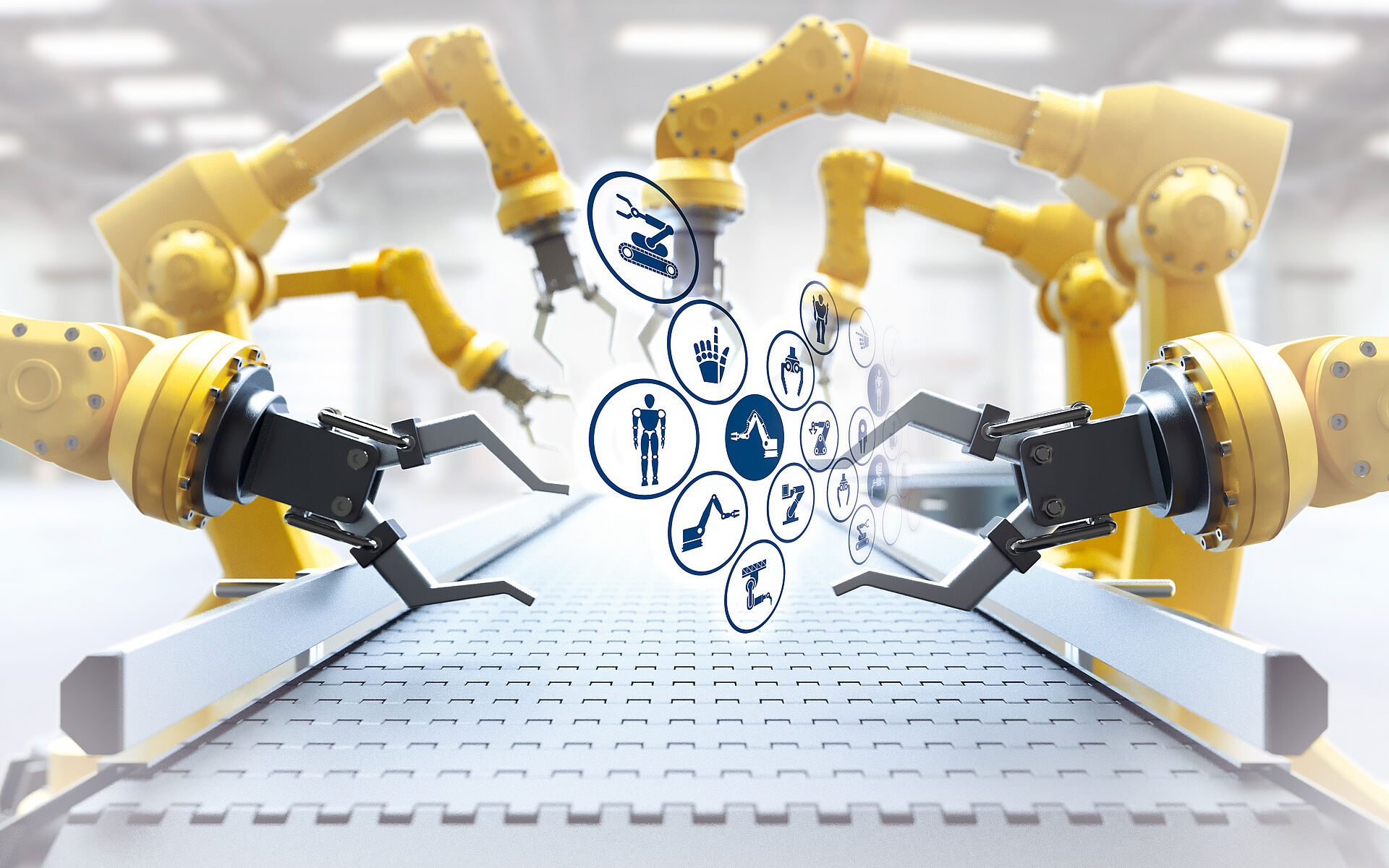Buzz Haven: Your Source for Trending Insights
Stay updated with the latest buzz in news, trends, and lifestyle.
Robots in Disguise: The Secret Lives of Everyday Machines
Discover the hidden secrets of everyday machines and unveil the fascinating lives of robots in disguise! Click to explore their untold stories.
How Do Everyday Machines Work Behind the Scenes?
Everyday machines are all around us, from simple household devices to complex industrial equipment. Understanding how these machines work behind the scenes not only enhances our appreciation for them but also improves our ability to troubleshoot and maintain them. For instance, a washing machine operates on the principles of both mechanics and electrical engineering. It uses a motor to drive the drum, while an intricate system of sensors and timers ensures optimal washing cycles based on user input. These components work together seamlessly to clean our clothes efficiently, showcasing the complex engineering that goes into everyday machines.
Another common example is the microwave oven, a staple in most kitchens. The behind-the-scenes operation of a microwave involves electromagnetic radiation, specifically microwaves, which heat food by agitating water molecules. Inside the unit, a magnetron converts electrical energy into microwave radiation, which then is distributed evenly throughout the cooking chamber. The design of these ovens includes protective measures, such as safety interlocks, to prevent radiation leakage and ensure user safety. Understanding these mechanisms reveals not only the technology behind daily conveniences but also the careful engineering that ensures their reliable and safe use.

The Hidden Intelligence of Household Robotics: A Deep Dive
The emergence of household robotics has ushered in a new era of smart home solutions, showcasing the hidden intelligence behind everyday tasks. From robotic vacuum cleaners that navigate complex environments to smart assistants that learn user preferences, these devices utilize advanced algorithms and machine learning to optimize their performance. One significant aspect is their ability to adapt to various household layouts and routines, making them not just tools, but intelligent companions that enhance our daily lives. This adaptability is achieved through sophisticated sensors and data analytics, allowing these robots to improve their efficiency over time.
Furthermore, the integration of household robotics with the Internet of Things (IoT) creates an interconnected ecosystem that maximizes convenience and functionality. For instance, a smart kitchen robot can coordinate with your oven and refrigerator, ensuring optimal cooking times and energy use. As these systems evolve, the hidden intelligence of household robotics will propel innovations that can preemptively solve problems and provide personalized assistance. By understanding user behavior and preferences, these robots can ultimately transform how we engage with our home environment, reflecting a future where automation and artificial intelligence coexist seamlessly in our everyday lives.
Are Smart Appliances Really Smart? Unpacking Their Capabilities
Smart appliances have revolutionized the way we interact with technology in our homes. These devices, which include everything from smart refrigerators to advanced washing machines, promise enhanced convenience, energy efficiency, and improved connectivity. But what exactly makes these appliances 'smart'? At their core, they are equipped with internet connectivity and sensors, allowing them to collect and share data. This capability enables users to monitor and control their appliances remotely through smartphone applications, providing real-time updates and notifications. For instance, a smart fridge can alert you when your groceries are running low or even suggest recipes based on the ingredients you have.
However, the question remains: are these appliances truly intelligent, or are they simply following programmed commands? While smart appliances offer impressive features, such as voice control compatibility and automated settings, their true smartness is often limited by software and connectivity issues. Users may encounter glitches or limited functionality if the internet connection is unstable. Furthermore, the security of these devices poses a significant concern, as vulnerabilities in their software can lead to privacy breaches. Ultimately, while smart appliances enhance our daily routines, understanding their limitations is crucial to fully leverage their capabilities.